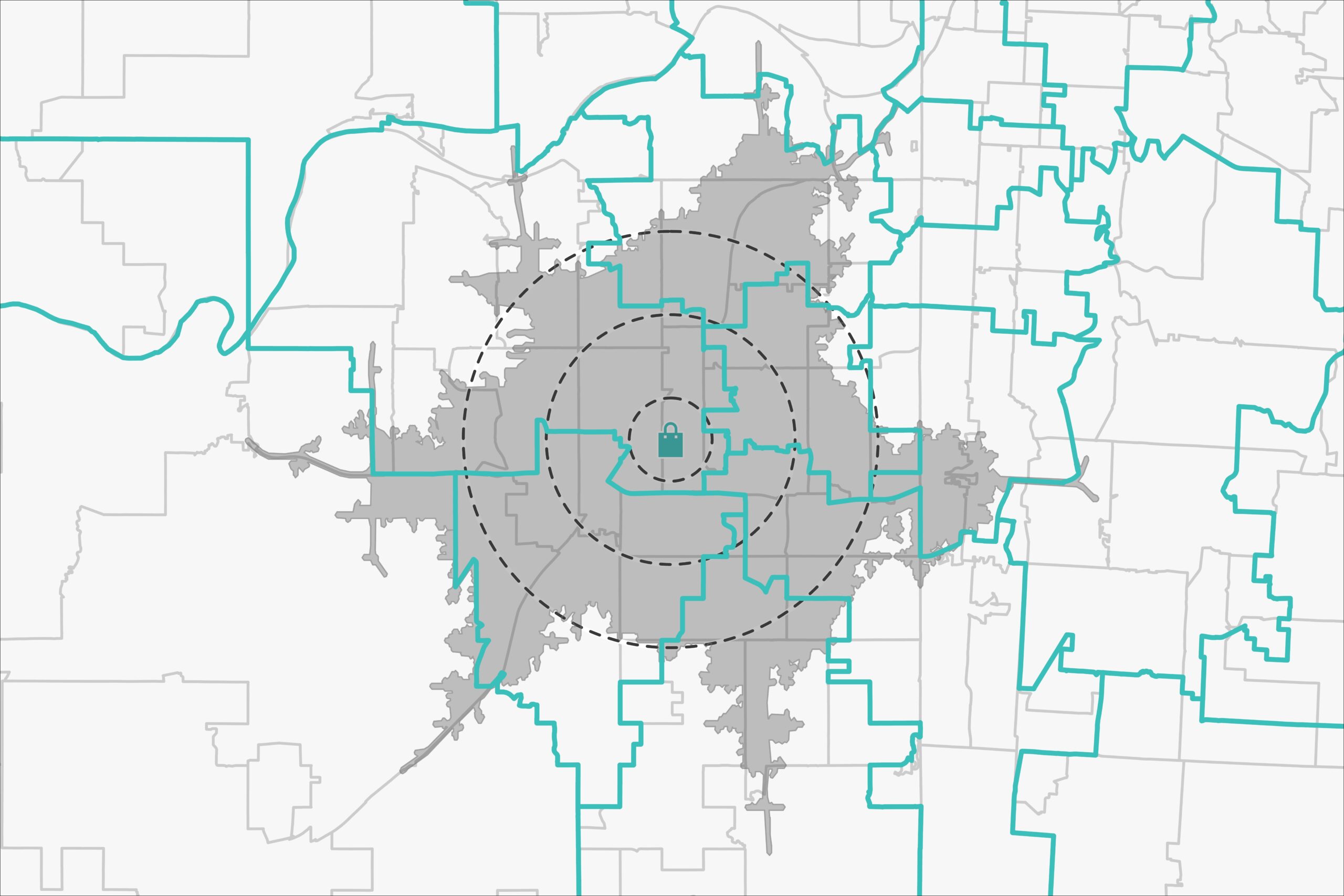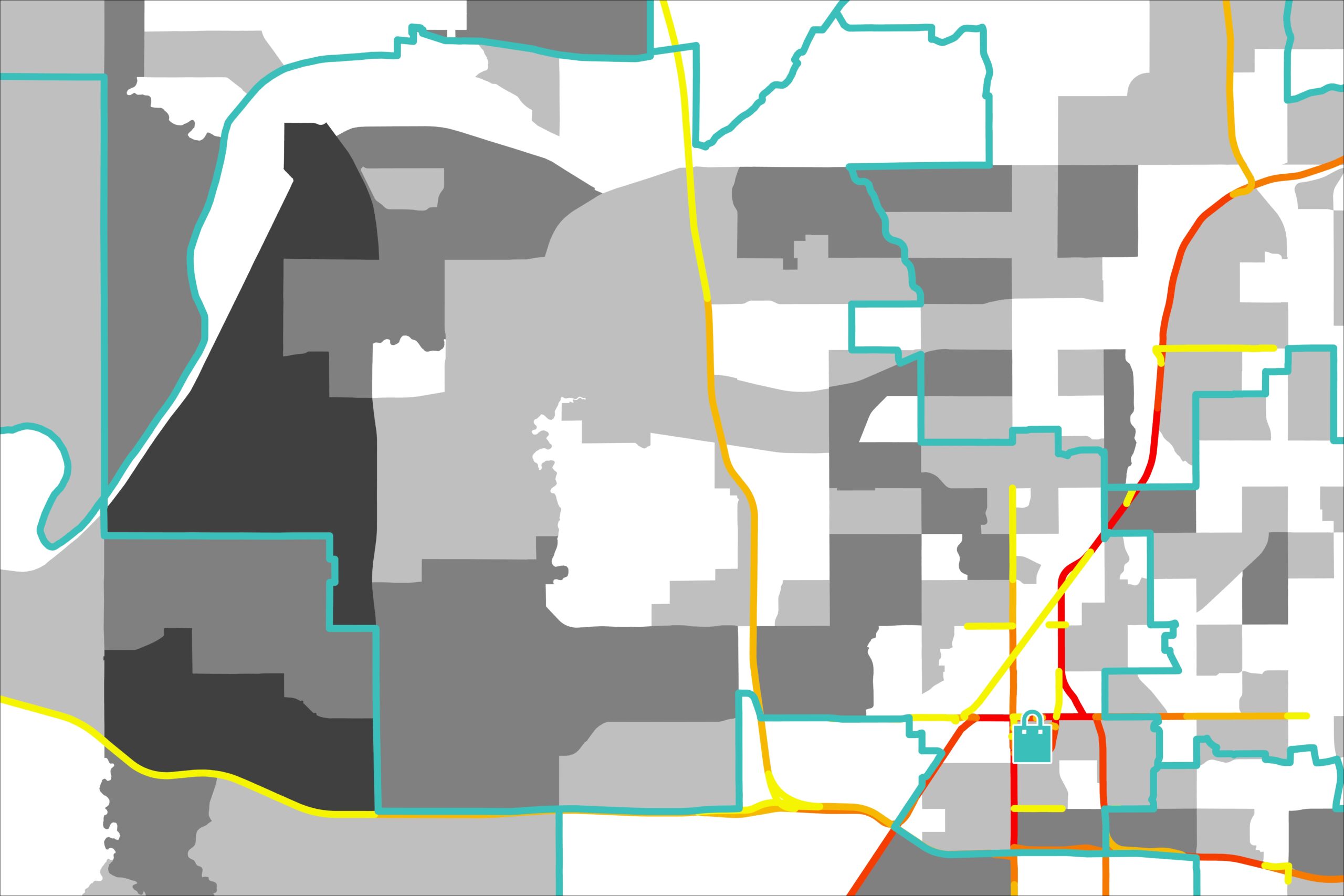Insight Marketplace in Retail Commercial Real Estate – Retail Intelligence by TSCG
TSCG redefines retail strategy with proprietary market boundaries and insight-driven reports that turn complex data into clear narratives - revealing what the numbers really mean.

TSCG Markets: A Smarter Way to Define Retail
Traditional boundaries like ZIP codes and counties were never built for how people shop. TSCG has created a smarter way. TSCG Intelligence has developed a groundbreaking new approach that uses real shopping locations and the consumers they serve to define over 4,400 unique Retail Markets across the U.S. These proprietary markets provide a more accurate foundation for real estate planning, retail strategy, and market evaluation – helping brands, landlords, and investors make better, data-informed decisions.
Understanding where consumers shop is just the beginning - understanding why is what drives results. That’s where our market reporting comes in.

Market Intelligence Reports: Where Data Tells the Story
Built on our exclusive market framework, these visual, data-rich snapshots distill complex market dynamics into clear, location-specific insight. From population growth to demographic composition and sub-market trends, our reports tell the story behind the numbers – without the guesswork.
Meet the Mind Behind the Markets
Bryan Chandler
Bryan Chandler serves as Managing Director & SVP of Innovation and Technology at TSCG, where he leads the firm’s efforts in GIS, research, and cutting-edge retail analytics.
He is the architect of TSCG Markets — a nationwide set of 4,400+ retail-centric trade-area boundaries designed to reflect how people actually shop, rather than artificial ZIP codes or county lines. Under his leadership, TSCG also launched Market Intelligence Reports: AI-powered, market-level insights that turn raw data into clear, actionable narratives for retailers, developers, and investors.
Beyond transforming retail analytics, Bryan is co-authoring a forthcoming book, set for release next year. This signals his commitment to thought-leadership, and underscores how deeply rooted his vision is in advancing industry standards.
With Bryan at the helm, TSCG is redefining what “market intelligence” truly means — bridging data science, retail strategy, and real-world applications.

Other Intelligence Services
Are you ready to learn more?
FAQ
District Intelligence Reports provide the context behind the numbers—helping you understand market dynamics, compare trade areas, identify opportunities, and support strategic decisions around leasing, expansion, or investment.
Unlike ZIP codes or counties, which are fixed administrative boundaries, TSCG Retail Markets are built around the actual structure and function of commercial zones. These boundaries reflect logical trade areas based on proximity, retail density, and access—representing where consumers are most likely to shop based on the retail landscape, not just where they live. This provides a more realistic framework for understanding how retail markets operate and helps inform smarter decisions for location planning, leasing strategy, and market optimization.
Reports include demographic insights such as population density, growth trends, age distribution, household types, and diversity metrics. Additional modules under development will include employment trends, housing data, consumer behavior, and retail development patterns.

